AARP Hearing Center

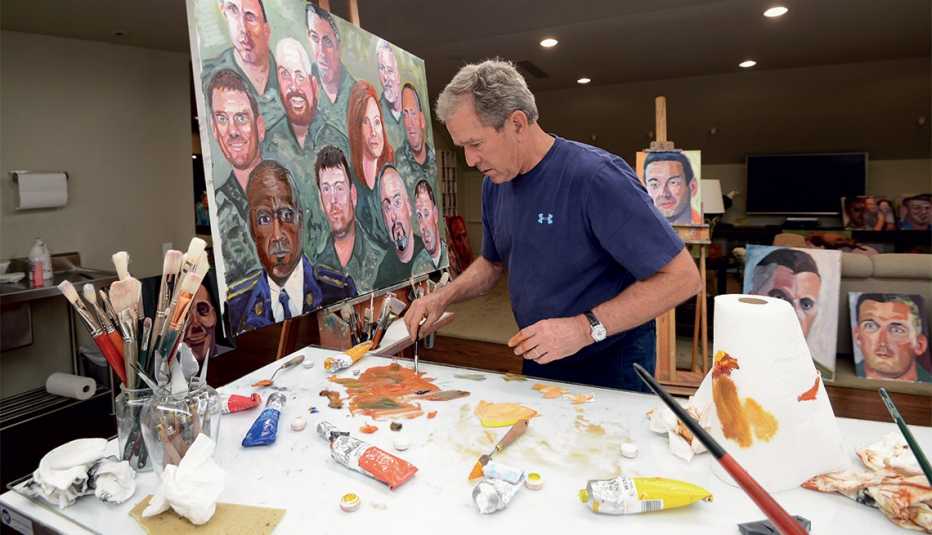
When we last checked in with former President George W. Bush, in 2011, he had just published his second book, was building his presidential library and policy institute on Southern Methodist University's campus in Dallas, and was considering his options. Today he and his Bush Institute are deeply engaged in helping vets transition to civilian life, particularly those who were wounded while he was their commander in chief. In 2012 another passion blossomed: He decided to become a fine arts painter. In late February, Bush released Portraits of Courage, a coffee table book that showcases his paintings and the personal stories of 98 veterans — many of them amputees and most suffering from traumatic brain injuries (TBIs) or post-traumatic stress (PTS). All proceeds from the book will be donated to the institute. The paintings in the book will be on display at the Bush library through September 2017. (For details, see BushCenter.org.)
Recently, Bush sat down in Dallas at the George W. Bush Presidential Center with Executive Editor William W. Horne. The former chief executive was by turns gracious and funny, humble and deadly serious, and very eager to talk about painting, veterans — and life after leaving the biggest job in the world.
Thanks for taking time to chat, Mr. President. As you know, AARP is very interested in how Americans can stay productive and engaged in their 50s and beyond. At 70, you remain vigorous and busy. What advice would you give our audience?
Life should be lived to the fullest. The problem with taking it easy is that it sounds attractive at first, until you get into a routine of doing nothing. And you don't expand your mind or help anybody else. Life's final chapters ought to be just as full as its initial chapters. My dad [former president George H. W. Bush] has been a great example of that. When he jumped out of the airplane in 2014 at age 90, he did it not only to prove to himself that he had youthful vigor, but because he wanted to set an example. And so do I. Maybe somebody's life will be enriched when they read this article. Because if George Bush can paint—

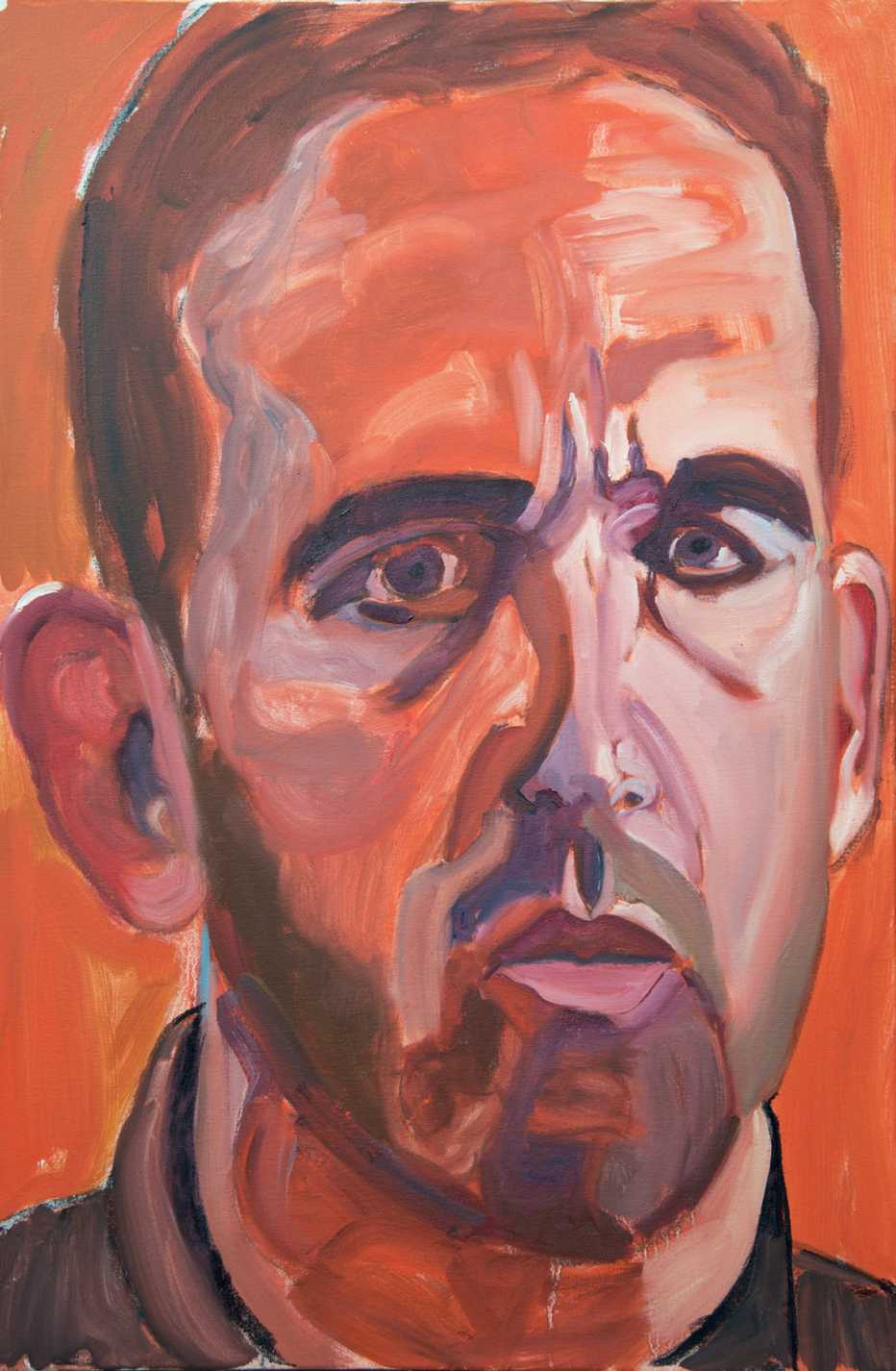

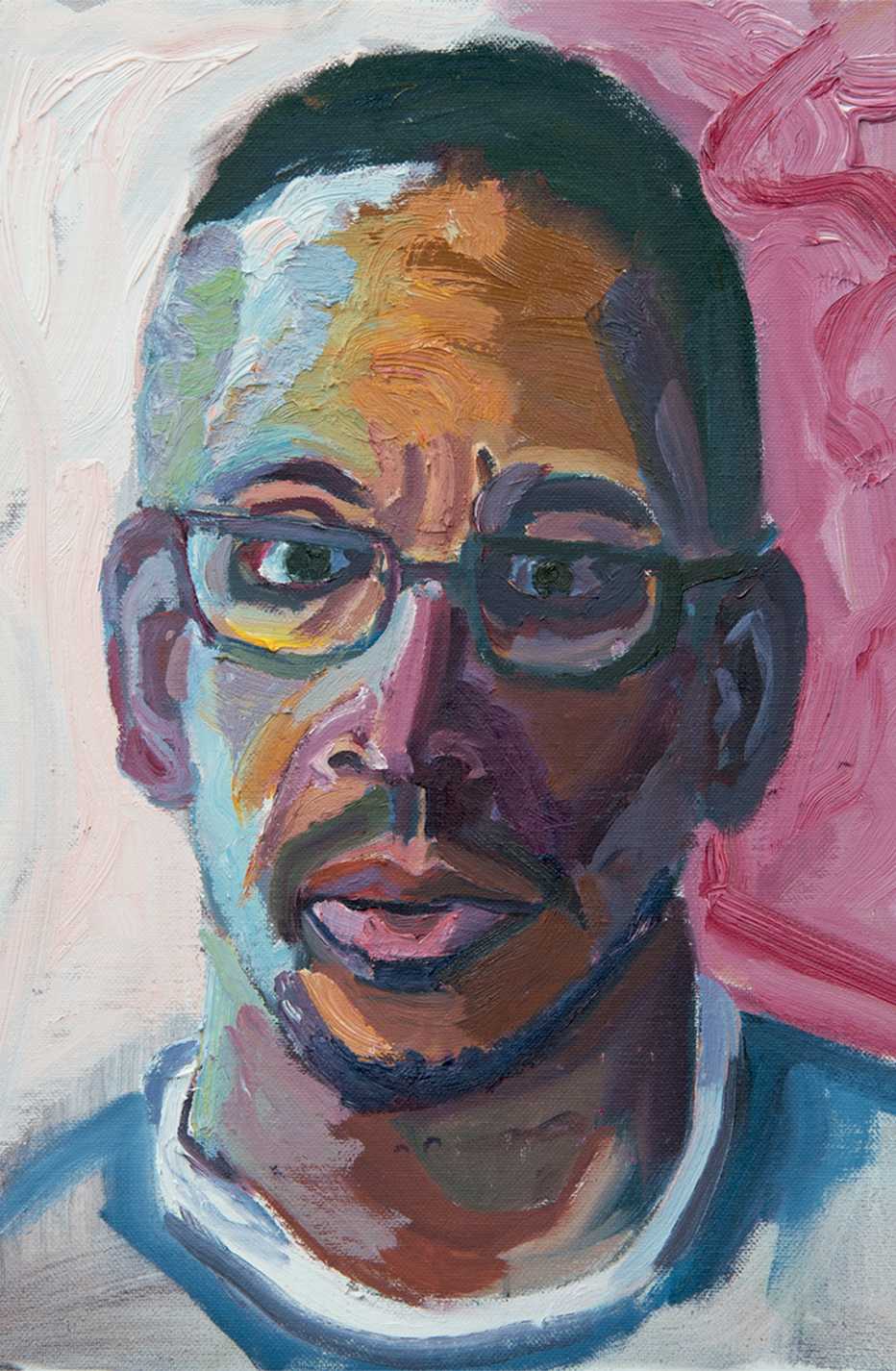
And you certainly can. How did you land upon painting as a pastime?
In the post-presidency, I was busy. But I wasn't stretching my knowledge or imagination. And I became a little antsy — that's the word to describe it. So in 2012, a Yale professor recommended a book of Churchill's essays about his passion for painting. I read it and thought, OK. If old Winston could paint, I'm going to try it.
Had you painted before?
No, nothing. I was art agnostic. I wasn't anti-art. I just hadn't paid that much attention to it.
So you wanted to do something besides golfing and biking and serving veterans.
Yes. I was fit, and I was reading a lot, but just had one of these itches, you know? My advice is, when you get an itch like that, try to scratch it, especially if you're an old guy like me.
I have to admit, I was skeptical, Mr. President. I thought, Oh, great, the president is painting.
I'm sure you were!
But then I opened that book, and it's full of very moving stories and striking images.
I bet you expected to see some stick figures.
Well, I wasn't sure.
So did all my friends. Believe me, you're not the only skeptic. I set a pretty low bar at the beginning. [Laughs.]
So how did you get from Churchill's memoir to serious portraiture?
Step one is hire somebody to teach you. I've had three instructors, all painters who brought different skills, and I tried to absorb, to learn everything I could, from each one. I also took an art history course online. Then for a while I painted pets. Then I painted cacti. Then I painted lilies.
Your Monet period.
Yeah, exactly. Well, not really close to Monet.





























































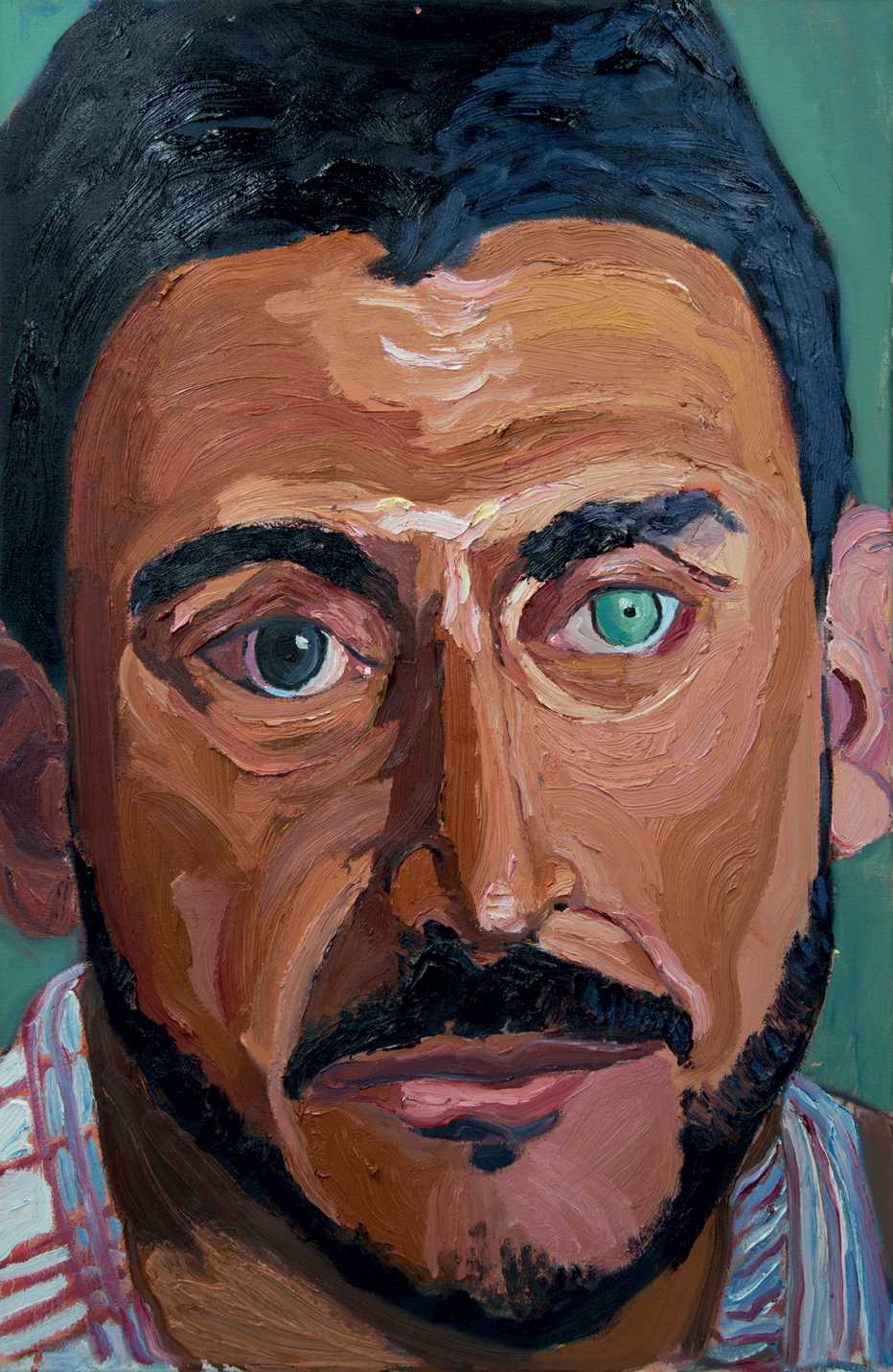
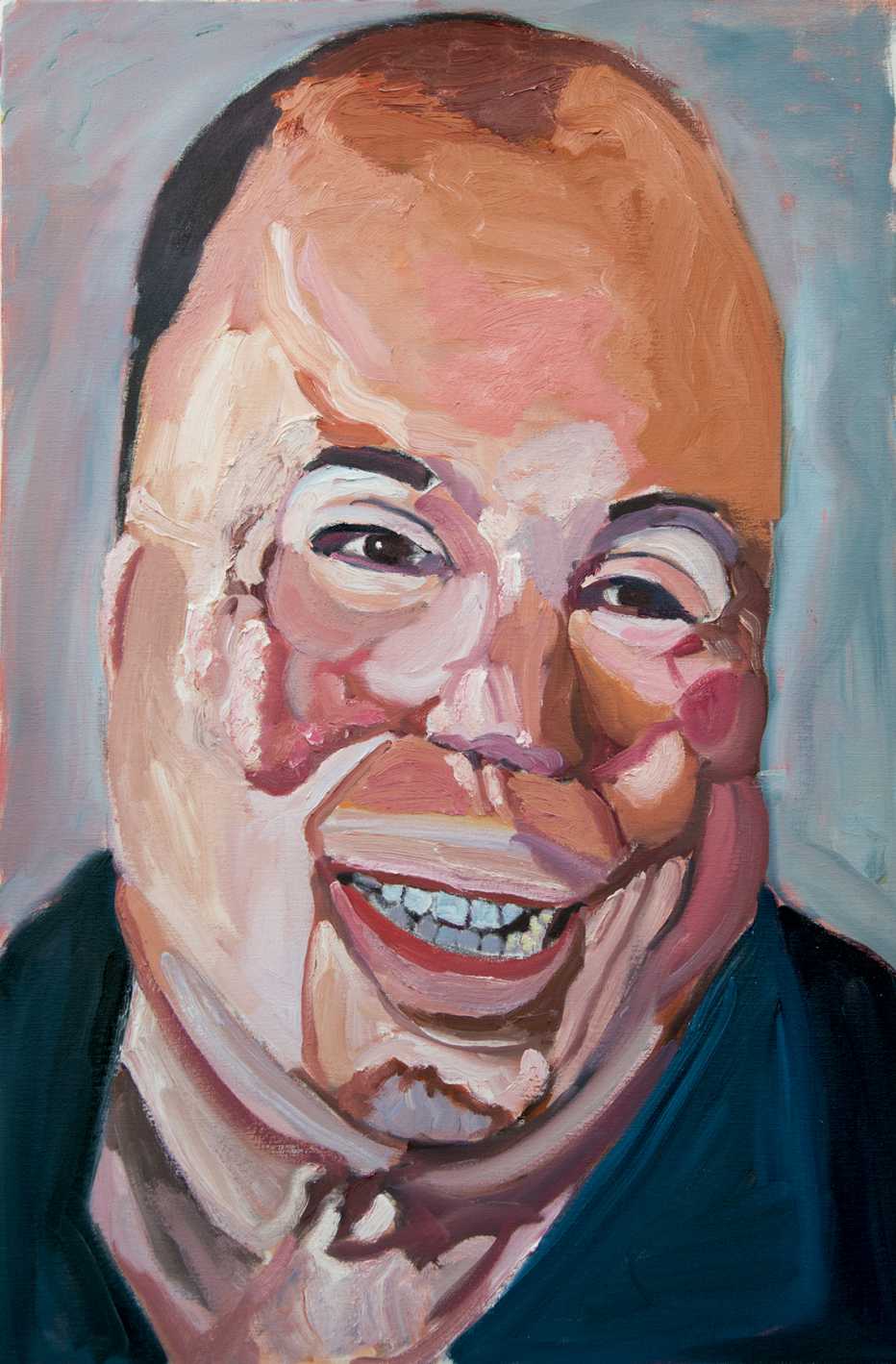
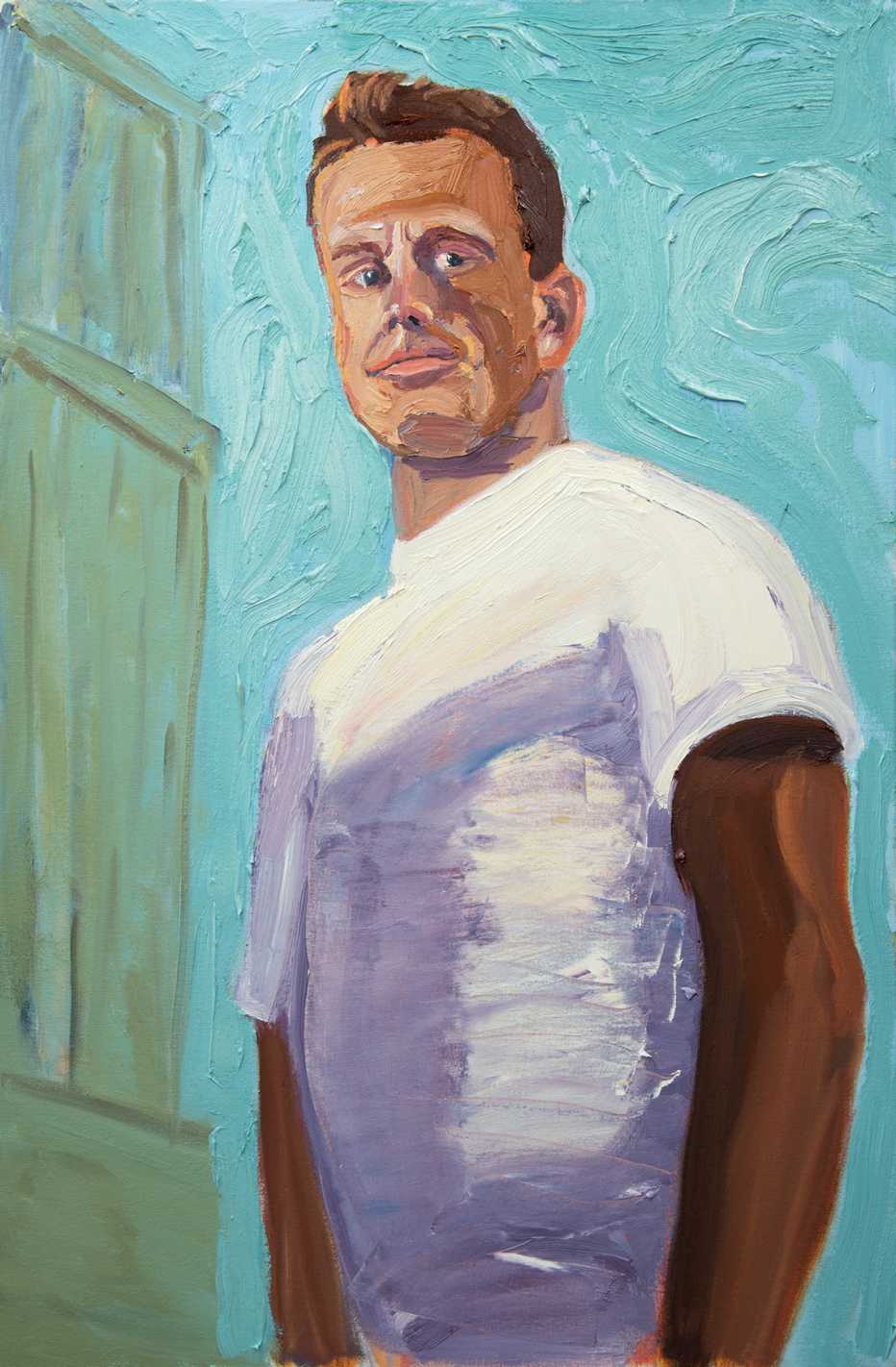
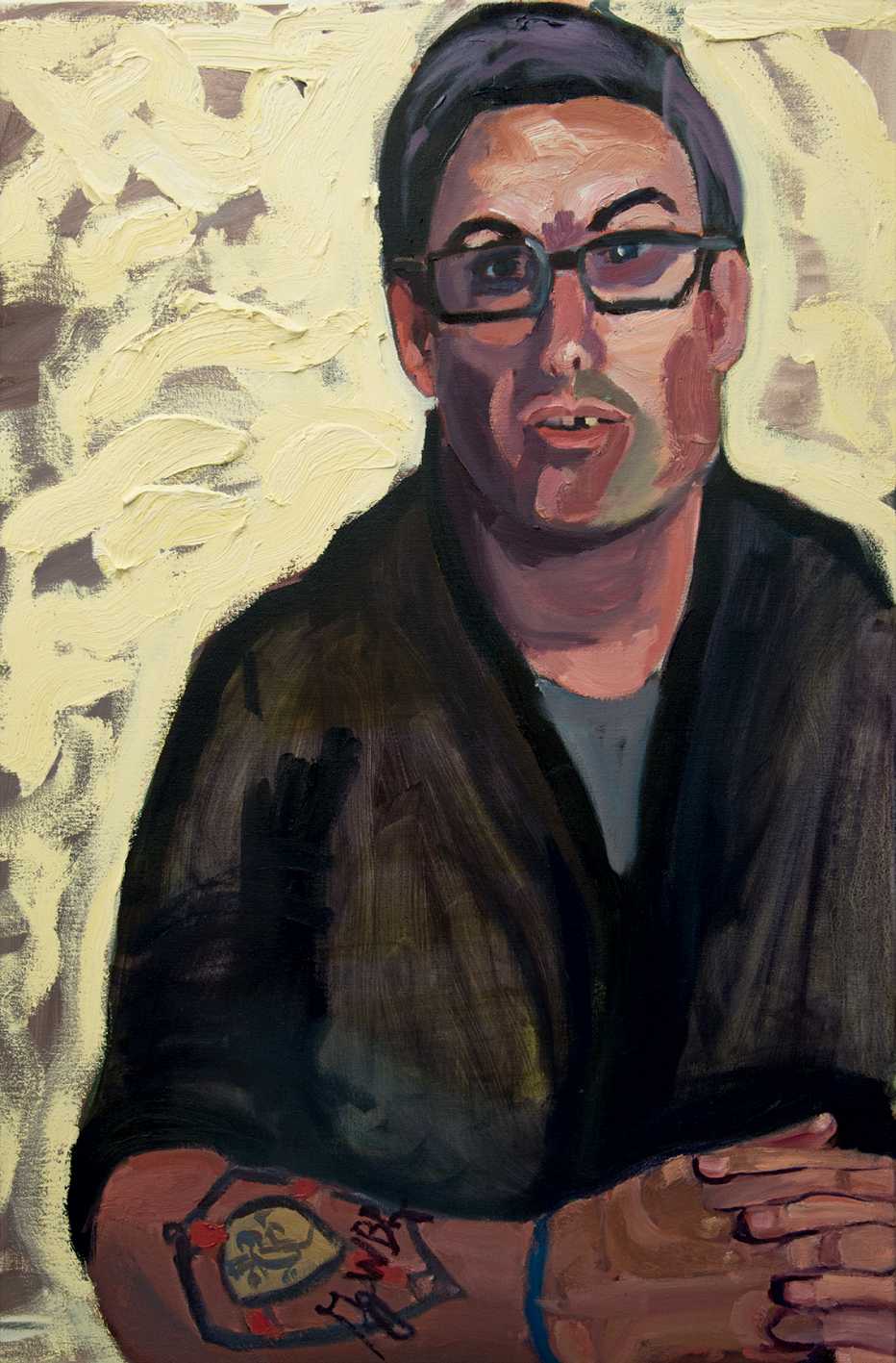
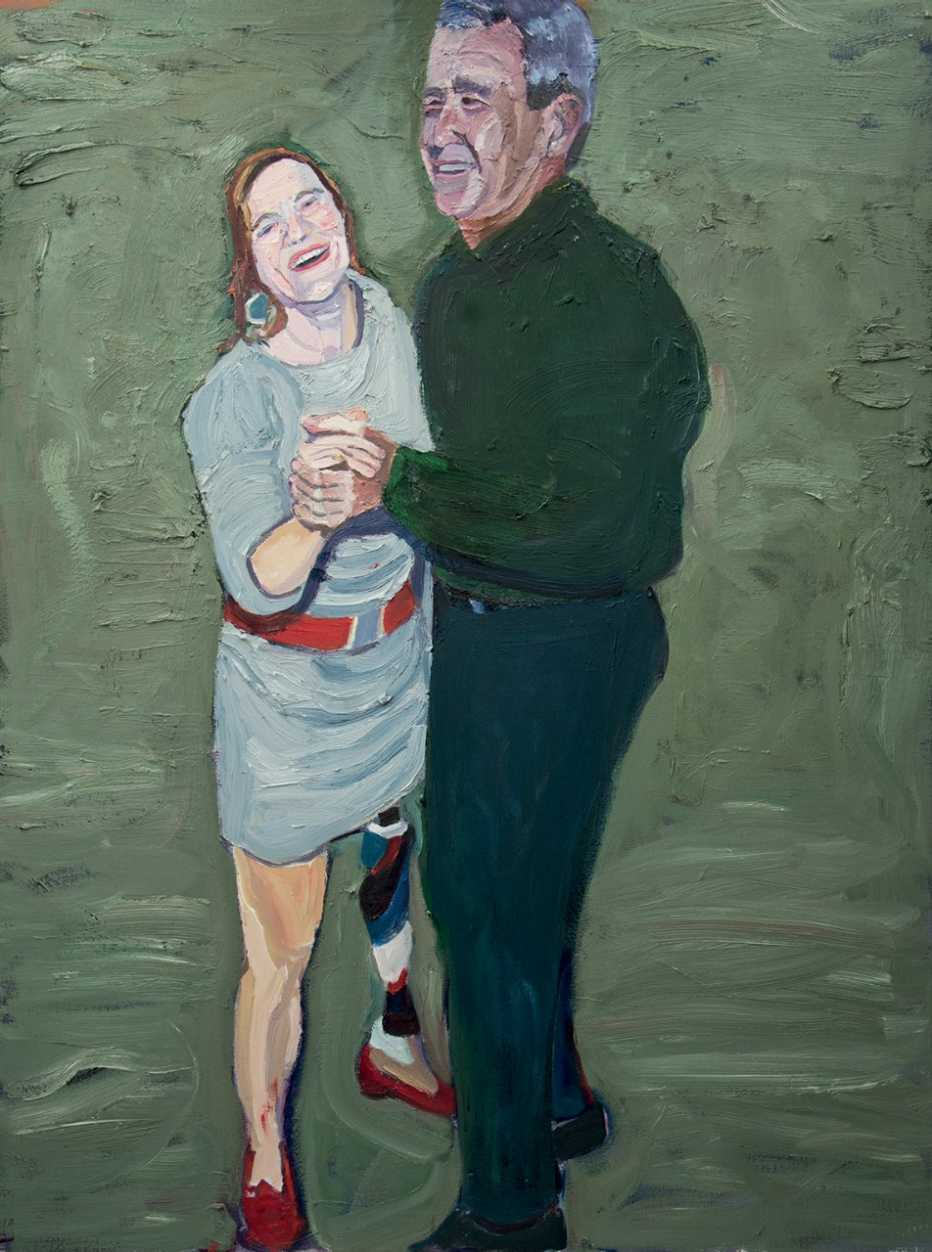
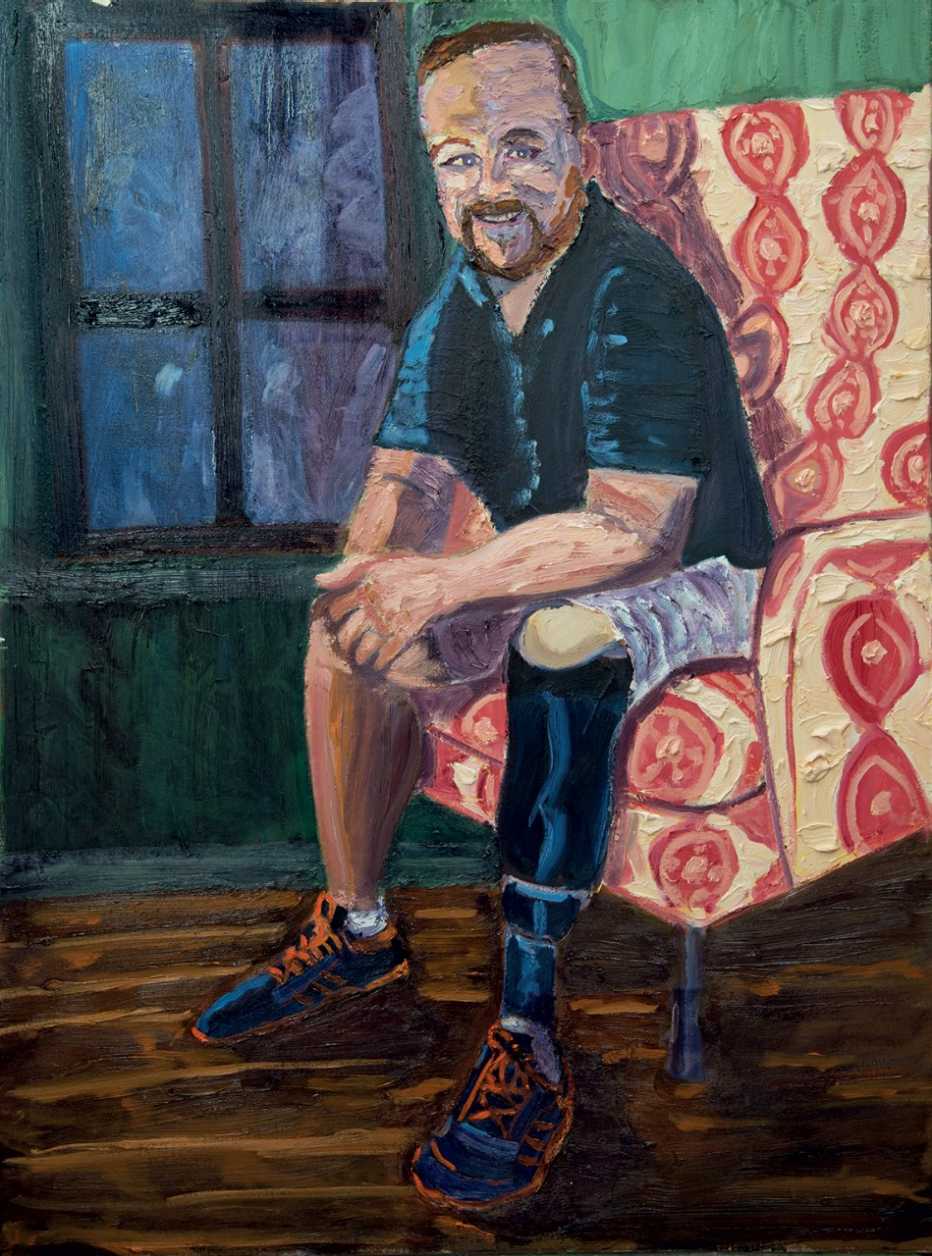
More on Entertainment
The Kid Is Alright
Michael J. Fox still smiling 26 years after his Parkinson's diagnosisA Conversation With George W. Bush
The 43rd president opens up about his dad, Bill Clinton and a blind date with Tricia NixonPresident George W. Bush's Paintings Celebrate Immigrants
His new book of portraits, 'Out of Many, One,' highlights their inspiring stories